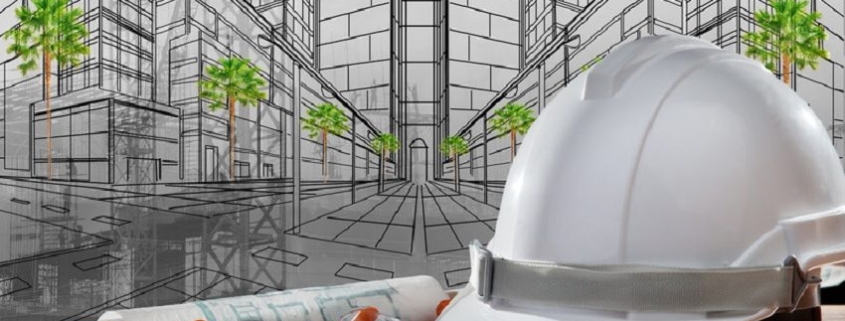Medical Office Commercial Real Estate Continues To Gain Strength
Any medical facility likes to hear about improving conditions. That’s exactly what medical office buildings are experiencing: improved fundamentals that make property owners, investors, and operators healthy.
Colliers has a Q3 2022 report on healthcare real estate that covers performance in the top 100 U.S. markets.
“Despite economic concerns and industry challenges, the medical office property sector (MOB) continues to go from strength to strength, setting record highs for asking rents, sales volume, and pricing over the past four quarters,” read the report’s overview. “Demand is outpacing supply, vacancy remains tight, and capitalization (cap) rates have remained relatively stable. As a result, development activity is gaining momentum, reflecting confidence in the sector.”
But it comes with a caveat: the healthcare industry they depend on isn’t feeling so rosy. Pricing pressures are under way, and MOB owners that could mean monitoring and potential course of treatment.
On the plus side, average vacancy in the top 100 metros in the first half of 2022 was 8%. That was 40 basis points below the same period the previous year. The top 10 markets ranging from 6.3% in Boston to Houston’s 12.3%.
Top 100 average Los Angeles had the highest net MOB asking rents at $36.85 per square foot. That was quite the outlier.
“However, none of the other top 10 metros have an average MOB rent higher than $30 per square foot,” the report said. “Boston and New York are the next highest at $26.26 per square foot and $26.19 per square foot, respectively.” Although numbers for the lowest prices in the top 10 didn’t appear, a graph clearly showed that four—Atlanta, Boston, Dallas, and Philadelphia—were significantly below the national average.
To try pacing demand, construction rose, with completions of 14 million square feet in the four quarters ending with Q2 2022. That was up from the 13.7 million square feet from the previous 12-month period. MOB under construction rose more sharply, from 30.9 million to 37.1 million square feet.
And investor demand was strong at $17.2 billion in the four quarters ending with Q2 2022, the highest on record. Though that was largely due to the last quarter of 2021, which according to an included graph stood far above other quarters.
MOB is largely in a position to weather economic storms, as medical care is something difficult for many people to forego. But practitioners are also eying costs.
“In the face of reduced income and, in some cases, operating losses, some providers are cutting staff despite an overall shortage of employees in the healthcare industry.”
That would suggest real estate overhead will also be under scrutiny.
As an increasing amount of MOB is taken up by larger organizations—hospitals, HMOs, and other big operators—lowering those costs are likely to be on their agendas, and they have fiscal muscle to negotiate hard.
Source: GlobeSt.





